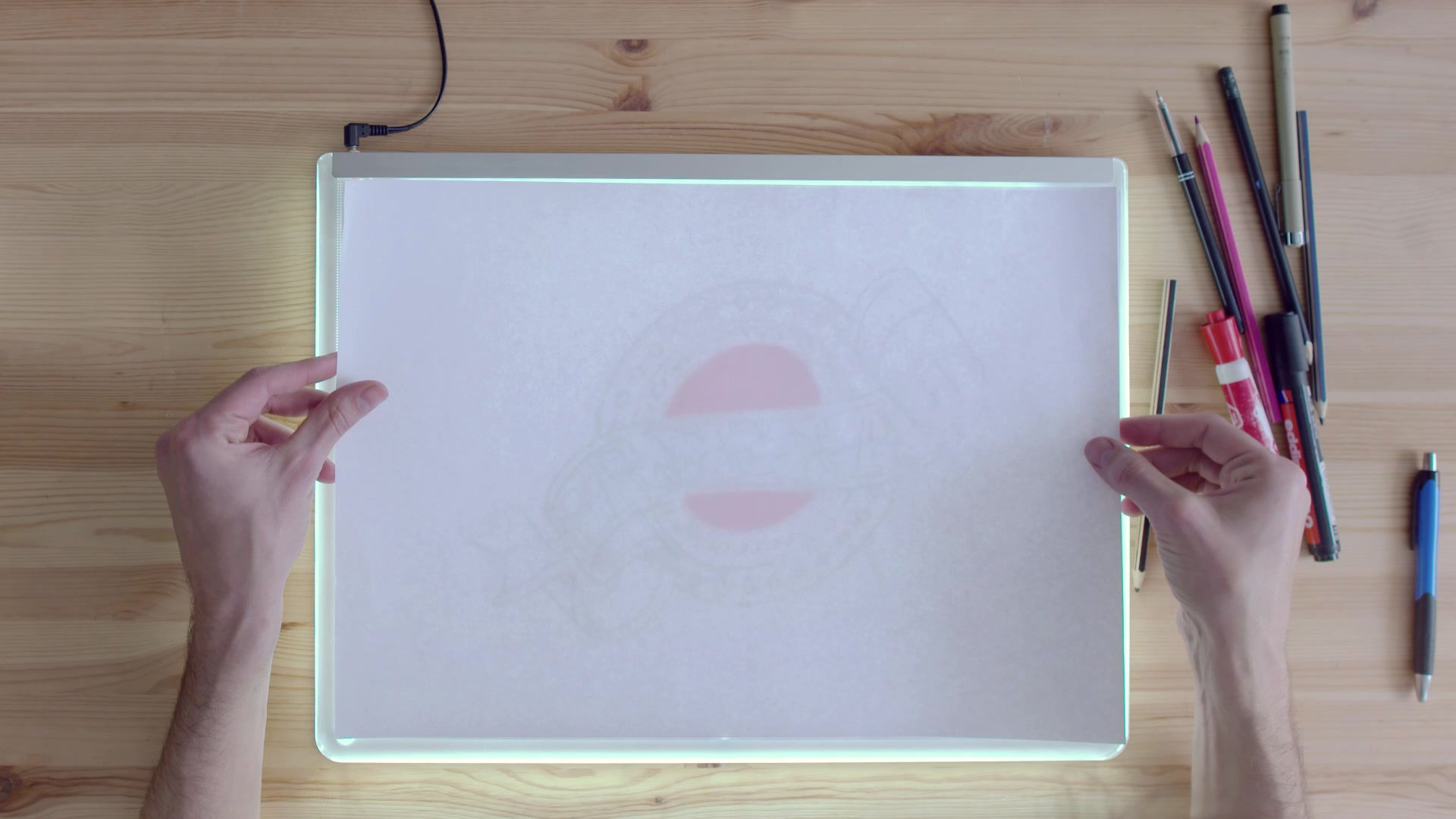Deaf Can Do It: How Deaf People Excel at Dancing and the Surprising Link to Sign Language
- Cheryll Atienza
- Apr 12, 2023
- 2 min read
Updated: Apr 21, 2023

Dance is a form of self-expression that has been enjoyed by people of all ages and cultures for centuries. However, have you ever wondered how Deaf people can enjoy and excel at this art form when they cannot hear the music? Surprisingly, Deaf individuals are known for their exceptional dancing abilities, and there is a fascinating connection between their dance skills and sign language.
We will explore the unique qualities that make Deaf individuals great dancers, the connection between sign language and dance, and how this connection can be used to create a more inclusive dance environment for everyone.
Why Deaf People Excel at Dancing
Deaf individuals have been known to excel at various forms of dance, including ballet, hip-hop, contemporary, and ballroom. But why are they so good at it? The answer lies in their heightened sense of visual awareness.
Since Deaf individuals cannot hear the music, they rely heavily on visual cues to stay in sync with the rhythm. This means that they are incredibly attuned to movement and body language, making them excellent at picking up on choreography and interpreting it in their own unique way.
Additionally, Deaf individuals tend to have a greater sense of proprioception, which is the body's ability to sense its own position and movement. This heightened awareness of their own bodies allows them to execute movements with greater precision and control.
The Connection Between Sign Language and Dance
Sign language and dance have a lot in common. Both are forms of visual communication that rely heavily on body language and movement to convey meaning. In fact, some Deaf individuals have described dance as a form of sign language that is performed with the whole body.
Furthermore, many Deaf individuals use sign language as a way to interpret music and connect with the rhythm. They might use signs to represent the beat, melody, or lyrics of a song, which allows them to engage with the music in their own unique way.
Using Sign Language to Create a More Inclusive Dance Environment
The connection between sign language and dance can be used to create a more inclusive dance environment for everyone. By incorporating sign language into dance classes and performances, we can make the art form more accessible to deaf individuals and enhance the overall experience for all dancers.
One way to incorporate sign language into dance is by using a sign language interpreter during classes or performances. This allows deaf individuals to follow along with the instructor's verbal instructions and feel more included in the class.
Another way to incorporate sign language is by creating choreography that incorporates signs or gestures. This not only allows deaf individuals to fully engage with the music but also adds a new layer of visual interest to the performance.
Conclusion
In conclusion, Deaf individuals are exceptional dancers due to their heightened sense of visual awareness and proprioception. There is a fascinating connection between sign language and dance, which can be used to create a more inclusive dance environment for everyone.
By incorporating sign language into dance classes and performances, we can enhance the overall experience for all dancers and make the art form more accessible to Deaf individuals. So, let's celebrate the unique qualities that make deaf individuals great dancers and work towards creating a more inclusive and diverse dance community for all.























































Comments